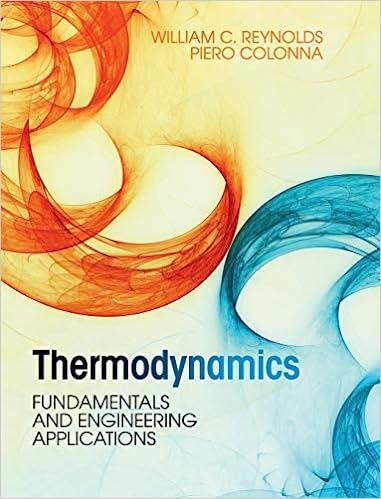Answered step by step
Verified Expert Solution
Question
1 Approved Answer
Problen 2 Gallium has an exthothombic structure, with a=0.45268=0.b=0.45186am, and c=0.76570mm. The atoenic radius is 0.121s m. The densily is 5.904gcm3 and the atonic weight

Step by Step Solution
There are 3 Steps involved in it
Step: 1

Get Instant Access to Expert-Tailored Solutions
See step-by-step solutions with expert insights and AI powered tools for academic success
Step: 2

Step: 3

Ace Your Homework with AI
Get the answers you need in no time with our AI-driven, step-by-step assistance
Get Started


